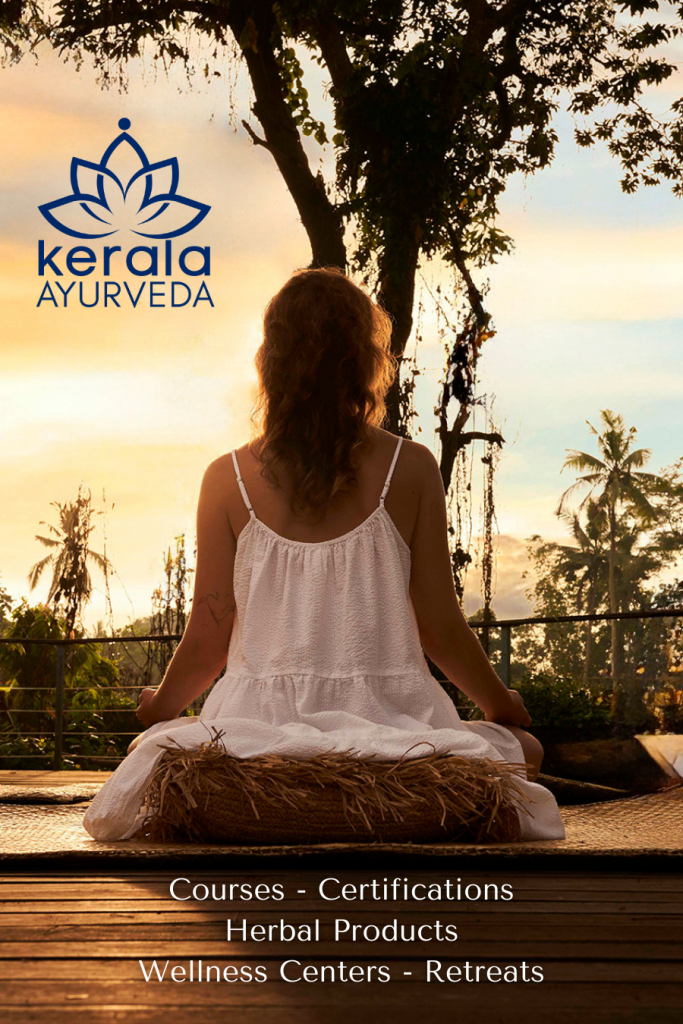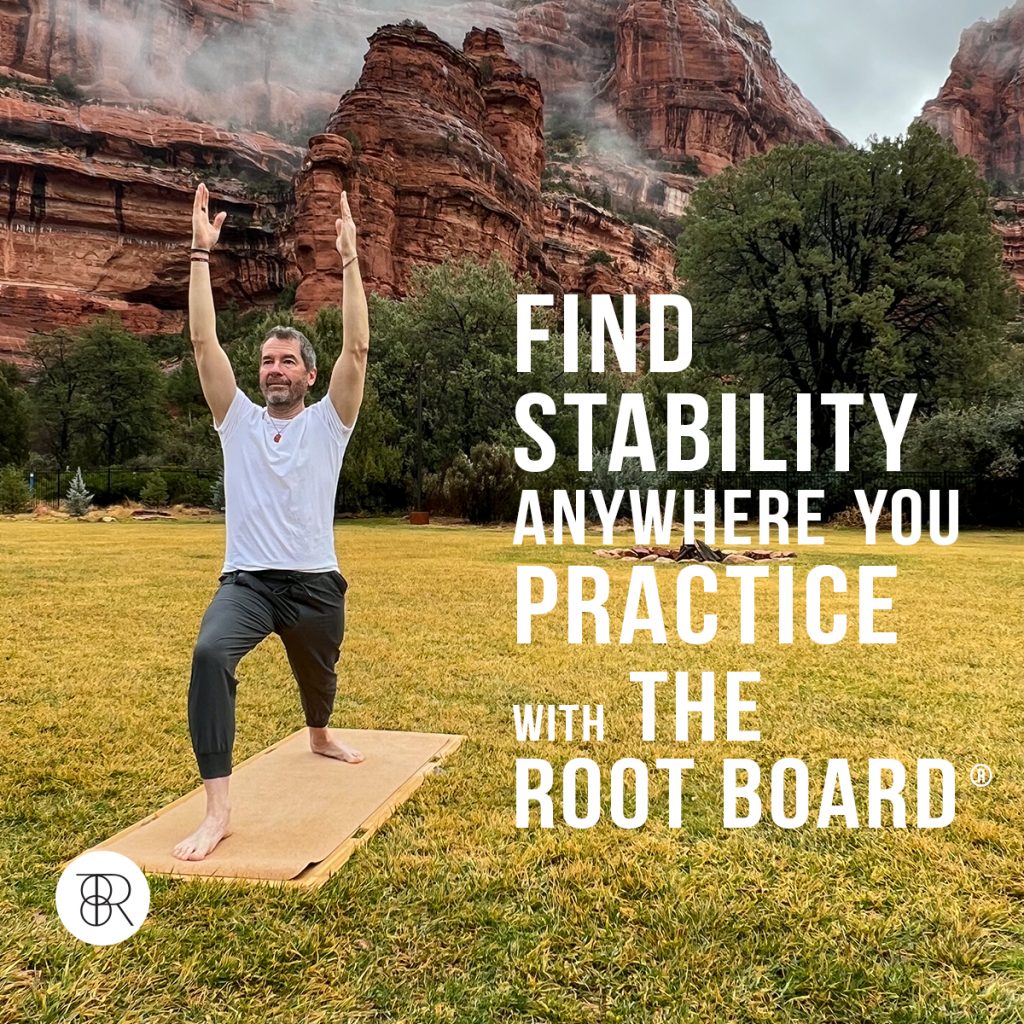Nov 2, 2014 | SYF2014 Presenters, Yoga Philosophy
A bright golden leaf framed by a clear sky floated lightly to earth. My mind was transfixed on the leaf that marked the advent of autumn and the cycles of seasons within life. Deepak Chopra once remarked that he was now in the autumn of his life. What a wonderful way to remind us that life has its seasons just as we see in nature. The beginning of life and the birth of spring, the activity peaks of life’s summers and the closing of a cycle in autumn are all a prelude to the return to the dormancy & gestation period of winter.
Even though fall is a favorite time for many people, as its cold crisp air pierces the ripple of late summer winds, I wonder if it is possible to make these transitions from the early years to the later years in life without mourning the passing of time. Is it possible I wonder, to make the transitions from one era of life to another without clinging to what was? Is it possible to let go if we can’t perceive what is yet to be? Or is it possible to live in a suspended state of fearless expectancy of what is yet to reveal itself?
As the golden leaf lingers in the crisp morning air, my thoughts travel to those in our world community ravaged by storms or wars who are forced into life’s changes with little warning. My heart holds all people, all beings everywhere, transcending current or past pain into the transformative unfolding of the future. The leaf that was once the bud of spring now is a beautiful withered reminder of its lovely past.
Our life patterns and the seasons are not as separate as they seem. In our lifetime we witness and experience many changes, individually and collectively. The hills and the valleys of life’s journey are patterns we all share.
Yoga helps us gain flexibility in body that mirrors the agility in mind that helps us bend with the winds and bow to the storms. It helps us make these transitions through the seasons of our lives, with joyful expectancy of faith in the Divine and loving hand that is guiding us from one place to another in the fulfillment of our life’s destiny.
I find the Thanksgiving holiday is a reminder that is far greater than gatherings of friends and family, much more than the ritual of sharing a meal based on an age-old tradition. It is a time to truly give thanks from our hearts for all that has graced our lives.
What a great opportunity this coming holiday is for forgiving the past, renewing compassion and releasing hardened places in our heart that have become numb to the storms that have ravaged us. One great bhakti (devotional) teacher who was a living saint from India once said to me, “Be thankful for judgments and criticism….through them, you will have greater compassion for others.”
Thanksgiving is not just once a year, but it is an attitude of gratefulness that we can practice every day of the year. As we transcend our own tears, we can see and feel the tears of others. We can, during this coming holiday and every day send our love and healing to all those whose lives have radically changed and all those who have experienced losses in our country and all countries of the world. The healing power of giving thanks silently can radiate out from Self, to community and our world.
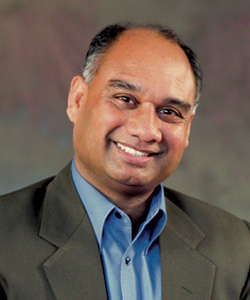
Apr 25, 2014 | Sedona Yoga Retreat, Yoga Interviews, Yoga Philosophy
After 35 years of teaching in the West, Sanskrit scholar and spiritual teacher Pandit Rajmani Tigunait has published his long-awaited commentary on the Yoga Sutra—the seminal text on yoga practice and philosophy. His new book, The Secret of the Yoga Sutra, is the first practitioner-oriented commentary that is fully grounded in the living tradition of the Himalayan masters. Tigunait, who is lecturing at Sedona Creative Life Center in Sedona, AZ on September 26, 2014 from 7pm as part of his 71- city lecture & book tour, recently welcomed our inquiry into the deeper dimensions of yoga and how to apply its ancient wisdom to your modern life.
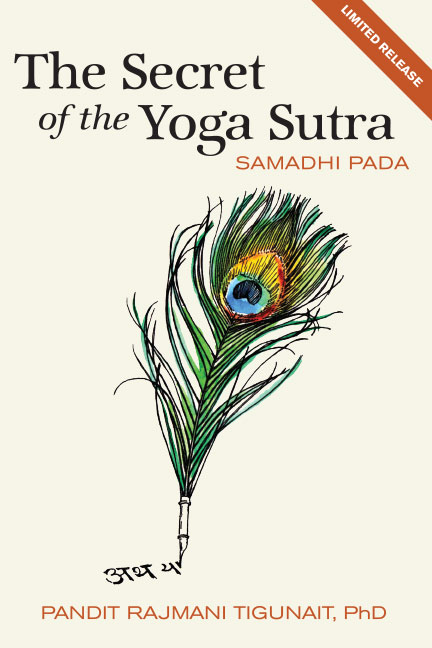 Q: So what exactly is the Yoga Sutra?
Q: So what exactly is the Yoga Sutra?
PRT: The Yoga Sutra is a book of yoga philosophy. It is a book of practice. And it is a book of self-realization. It was written 2,200 years ago, when a great master named Patanjali gathered the best aspects of yoga and delineated, in a step-by-step fashion, exactly what yoga is and how to practice it.
Q: What can modern students learn from the Yoga Sutra?
PRT: When you practice the kind of yoga described in Patanjali’s Yoga Sutra, you will experience what it’s like to be healthy, happy, peaceful, confident, and energetic. The literal meaning of “yoga” is “union,” “integration,” “reconnection.” But in the context of practice, yoga is a way of gaining access to your own inner luminosity and becoming established in your essential self.
By studying the Yoga Sutra, you will learn how to cultivate a clear, calm, and tranquil mind; how to expand the immense power of your mind; and how to begin unveiling, layer after layer, the mysteries of the universe within you and outside you.
Q: Why are its teachings so crucial today?
PRT: Because the human mind is scattered. We have become negligent about our distractions, inertia, confusion, doubt, fear, and anger. But humans have been riding a roller coaster of ups and downs for thousands of years. The yoga tradition, which started at least 5,000 years ago and has continued without interruption, has recorded all of the problems that humans face, and the methods and techniques to overcome those problems. The Yoga Sutra contains the solutions.
Q: What role does asana play in yoga practice?
PRT: Asana is a very important part of life. It keeps you healthy, strong, and energetic. And it enables you to discover and reclaim the innate wisdom of your body. But it is only after you rediscover the self-luminous nature of your own mind that you will begin to experience the true power of asana. That discovery comes from the meditative aspect of yoga.
Q: What inspired you to publish a commentary on the Yoga Sutra after 35 years of teaching in the West?
PRT: The Yoga Sutra is a compendium of a vast field of knowledge and wisdom, techniques and methodologies for discovering our multi-dimensional life. It is the source wisdom for all schools and traditions of yoga. We need to bring the spiritual dimension back into yoga and encourage students to look for teachings and practices that will take them to the next level. That’s why I have realized that I should share whatever I have learned in the last 35 years through this commentary, The Secret of the Yoga Sutra, and by teaching and interacting with students.
Q: What do you hope to accomplish through your Secret of The Yoga Sutra book tour and courses?
PRT: My wish is that the Yoga Sutra brings the same level of transformation to other people as it did to me. In order to make that wish become a reality, my vision is to bring the Yoga Sutra to people’s doorsteps, making this knowledge available to them on many levels and from many perspectives [through a summer lecture & book tour, online study groups, and a four-part master course on the Yoga Sutra that students can take in person or online].
My vision is that the yoga community, the scientific community, the medical community, and the health community take from the Yoga Sutra what is useful for them, conduct more research, assimilate the knowledge into their existing practice, and take their own field of knowledge to the next level. My interest is to demonstrate and support how you can embrace the teachings of the Yoga Sutra in your own personal practice for self-improvement and self-empowerment; how you can accelerate your quest for total well-being and spiritual unfoldment.
For tickets to the September 26, 2014 event at Sedona Creative Life Center, click here. Hosted by SYF Presents.

Pandit Rajmani Tigunait, PhD, is a modern-day master and living link to the unbroken Himalayan Tradition. He is the successor of Sri Swami Rama of the Himalayas and the spiritual head of the Himalayan Institute. As a leading voice of YogaInternational.com and the author of 15 books, his teachings offer practical guidance on applying yogic and tantric wisdom to modern life. Over the past 35 years, Pandit Tigunait has touched innumerable lives around the world as a teacher, humanitarian, and visionary spiritual leader.
Jan 23, 2014 | Sedona Yoga, SYF2014 Presenters, Yoga Conference, Yoga Philosophy
Yoga for Lawyers
 The practice of law is a challenging profession. Years of intense study of the law, competition and high stakes negotiations combined with long working hours, high burnout, adversarial colleagues, pressures to bill more hours and to exceed expectations. It takes book-smarts and street-smarts to really succeed; it’s no wonder that most lawyers are Type A perfectionists and life-long overacheivers. The job demands mental strength, physical health and emotional balance. Many lawyers develop physical health issues as a result of long hours seated at a computer, not getting enough exercise and overeating or over-drinking in response to stressful conditions at work or socially with colleagues and clients.
The practice of law is a challenging profession. Years of intense study of the law, competition and high stakes negotiations combined with long working hours, high burnout, adversarial colleagues, pressures to bill more hours and to exceed expectations. It takes book-smarts and street-smarts to really succeed; it’s no wonder that most lawyers are Type A perfectionists and life-long overacheivers. The job demands mental strength, physical health and emotional balance. Many lawyers develop physical health issues as a result of long hours seated at a computer, not getting enough exercise and overeating or over-drinking in response to stressful conditions at work or socially with colleagues and clients.
How Can Yoga for Lawyers Help?
Yoga for Lawyers is based on the four paths of yoga and the traditional eight-limb yoga ashtanga system, or as the Yogattorneys MCLE material calls it “the four paths, eight limbs and ten fingers” of yoga. The ten fingers refer to the five yamas and five niyamas that make up the the first and second limbs. These paths, limbs and fingers are a combination of ethical guidelines, physical poses and mental focusing exercises that all work together to build stronger, healthier attorneys who respond to conflicts and challenges in a more relaxed and resilient manner.
In many ways, the practices of yoga are complimentary to the ethical guidelines that govern attorney behavior. For example, the practice of Karma Yoga, or yoga through service or action, is in harmony with ER6.1 which is worded strongly to remind attorneys of their duty to be of service through providing pro bono service to worthy causes.
About Yogattorneys
Yogattorneys MCLE classes we under the guidance of the State Bar of Arizona and the Arizona Bar Association will be holding a Yogattorneys workshop in Tucson, Arizona on May 15th. Classes are a mixture of a lecture on law and yoga, including the similarity of the professional ethics rules and the traditional eight-limbs, yoga instruction and self-study. MCLE credit may be available for attorneys in other states, as well. Information is available on the Yogattorneys website.
Lawyers are busy people with busy schedules and billable hour requirements. But the physical and mental benefits of yoga, alone, make practicing it worth your time.
Benefits of Practice, Extra Incentives for Lawyers
The benefits of yoga practice are well documented and include physical health, strength, flexibility and balance. Repeated practice generally leads to the development of these qualities in an intangible way, as well. Developing a strong mind, being able to adapt and feeling mentally balanced are all virtues that can be expected from a yoga practice and that are particularly beneficial for attorneys.
Yogattorneys was set up in part to give lawyers even more incentives to try yoga than just the mental and physical ones. Like, offering continuing education credit and tips on how yoga can make the challenges in law more fun.
There may be financial incentives for lawyers to try yoga, now, as well. Lawyers should talk to their tax advisors about the amount of are business travel and education costs they can may be able to “write off” for qualified Yogattorneys classes and MCLE retreats.
Register for the YOGATTORNEYS MCLE Package at SYF2014
About Trisha Lotzer, JD
 Trisha started practicing yoga in law school as a way to stay fit and deal with stress. She practiced on and off for years until she was diagnosed with PTSD in the wake of 9/11. Now she credits that period of crisis and the healing process that followed for a major breakthrough in her law and yoga practices. She began to travel the world studying different forms of yoga and mediation practices. She founded Yogattorneys in 2008 after completing her 200 hour yoga teaching training with Ganga White and Tracey Rich. In 2008 she started the Lotzer Law Group, PC which allows her the flexibility she needs to travel and continue her yoga studies while work with clients around the world. You can read more about Trisha on her website TrishaLotzer.com
Trisha started practicing yoga in law school as a way to stay fit and deal with stress. She practiced on and off for years until she was diagnosed with PTSD in the wake of 9/11. Now she credits that period of crisis and the healing process that followed for a major breakthrough in her law and yoga practices. She began to travel the world studying different forms of yoga and mediation practices. She founded Yogattorneys in 2008 after completing her 200 hour yoga teaching training with Ganga White and Tracey Rich. In 2008 she started the Lotzer Law Group, PC which allows her the flexibility she needs to travel and continue her yoga studies while work with clients around the world. You can read more about Trisha on her website TrishaLotzer.com
This year at #SYF2014, Trisha will be presenting Open For Blissness, a two-part yoga workshop for business owners, yogattorneys and any one else who is interested in finding and combining bliss and business.
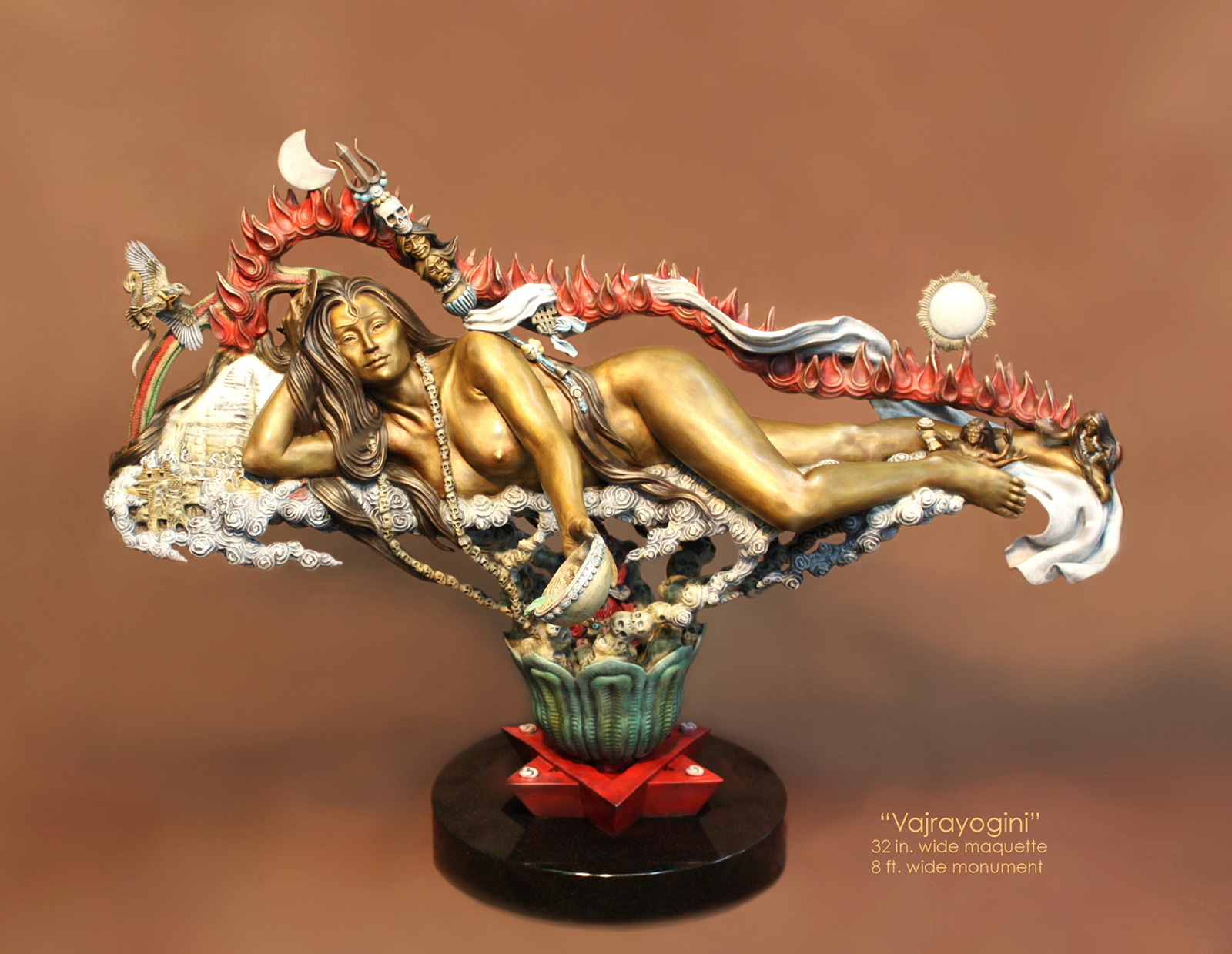
Jan 12, 2014 | Yoga Conference, Yoga Festival Experience, Yoga Philosophy
John M. Soderberg spent the first 18 years of his life in Central and Southeast Asia, and circled the world eight times before graduating high school in Bangkok, Thailand. Gil Gillenwater has travelled much of his life, and among many other countries, extensively studied and explored in Tibet. Both, in their own way, have been fascinated by, and explored, the human experience.
John became one of the earliest members of Gil’s Rancho Feliz Charitable Foundation, and they have worked together on numerous humanitarian projects and charitable efforts. After Gil’s latest immersion in Tibetan culture and sacred landscape, he told John of his experiences and invited him to sculpt the highest female in Tibetan Buddhism—the goddess Vajrayogini.
John had been moved for some time to work in that direction, and Gil formally commissioned him to sculpt her. They worked together for three years designing this sculpture and all of the elements involved, as John sculpted her. In the truest sense of the word, Vajrayogini evolved. This evolution began in the early lives of John and Gil, in their explorations, interests and growth, and continued through their design partnership. Following, in their own words, is an introduction to this creation.
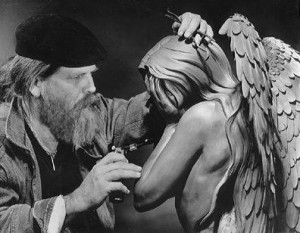 John M. Soderberg: “I was six or seven years old when the Dalai Lama came to Kashmir. He came, with his court, to see the film about the Christian holy-man Moses, “The Ten Commandments,” with Charleton Heston. I was living at the time with my family on a carved wooden houseboat on Lake Dal, in Northern India, and we also went to the movie, at the same time. I still vividly remember his face as he smiled at me in the gardens outside the theater.
John M. Soderberg: “I was six or seven years old when the Dalai Lama came to Kashmir. He came, with his court, to see the film about the Christian holy-man Moses, “The Ten Commandments,” with Charleton Heston. I was living at the time with my family on a carved wooden houseboat on Lake Dal, in Northern India, and we also went to the movie, at the same time. I still vividly remember his face as he smiled at me in the gardens outside the theater.
In the 1940s, the king of Afghanistan commissioned my father, a civil engineer from Cal Tech and UCLA, to build and direct the first engineering school in that country. My parents travelled across Asia two years after the end of World War 2, and after several life-threatening adventures, arrived in Kabul. I spent the first five years of my life there, where I sculpted in mud and clay, and from the age of four, painted with my father’s oils.
The Afghan Institute of Technology was running successfully, so my family then moved to New Delhi, India for six years. We spent much of that time travelling and exploring from Sri Lanka to Madras, Calcutta, Srinigar, Assam, Nepal, and Kulu Valley in the north. International attention was on India in the late ‘50s, and I met President Eisenhower, Prince Phillip, Prime Minister Nikita Krushchev, others, and had tea with Prime Minister Jawaharal Nehru in the palace, at age seven. The art of India marked me deeply. From the classical art of Europe to the carvings on the ancient forgotten temples my brothers and I found and explored in the jungles and forests of India, to the intricate sculpture in the bazaars, and the story-telling paintings of the Ramayana, I discovered my passion. Every Sunday in New Delhi, Tibetan gypsies would show up in front of our home and spread out a blanket on the driveway. From bulging sacks, they would pull out pots, jewelry, ceremonial knives, and sculptures in jade, wood, and silver, and arrange everything in rows on the blanket. I would spend hours holding and studying the art.
When I was eight years old, my family and I rode on horse-back from northern India up to the foothills of the Himalayas, and the glaciers. We rode for several weeks, sleeping in small dak bungalows in mountain meadows. We rounded up our horses in the mornings after breakfast around a fire, and rode on. The beauty was immense. Two months later, I stood alone inside the Taj Mahal, next to her marble resting place, at midnight with a full moon.
When I was 11, we moved to Thailand. At 12, I began studying teakwood carving with the country’s leading master, a Buddhist monk. Every weekend, we would set up in old-town Bangkok near the 90 feet long reclining Buddha, and carve all day on Buddhist angels, dragons, and mythical or traditional figures. The master would speak as we worked of his childhood, of Buddhism, and of art. My high-school was The International School of Bangkok. We had over 90 nationalities represented, and for a time my girlfriend was a Cambodian Buddhist.
I studied various martial arts from age 13 or so. I studied with Koreans, Japanese, Americans, and Thais, and made my first black-belt by age 17. It was an important time in my development, as an artist and as a student of humanity. From the earliest time I can remember, I have been fascinated by people, and have been drawn to philosophy and psychology. I have been most led to those essential human elements which serve to unify people over the superficial barriers which too often separate them. The evolution of my art has been to document and explore the essence of humanity, and this led me to service-work in the early 70s.
After high school, I flew to America in the late 60s for college in Washington State. Due to extreme culture shock, and late-60s shock, I dropped out of college, and ended up painting in oils for a year on the street in Berkeley, California, during the People’s Park riots. After several near-death experiences, I figured it would be safer joining the Marine Corps, and going home to Southeast Asia. The military, in its wisdom, instead sent me to Arizona, where I taught martial arts and worked in electronics with a missile battalion. I became involved with service-work, doing drug counseling, and helping others through delayed stress syndrome from combat in Vietnam.
After my Honorable Discharge in 1973, I worked as a machinist, made sculpted jewelry, (including a bracelet for Elvis Presley,) and painted. I expanded my volunteerism, becoming involved with charitable groups in Phoenix, which focused on women and children in need.
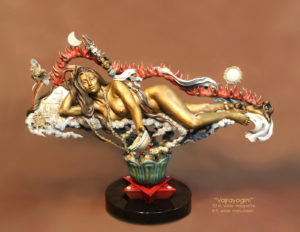
Bronze Sculpture, 2009, by John M. Soderberg, Ph.D.
Designed by John M. Soderberg and Gil Gillenwater
Commissioned by Gil Gillenwater
In 1976 I committed the rest of my life to professional bronze sculpture and have continued to expand my service involvement. I have used my work to benefit numerous organizations including Amnesty International, Rancho Feliz, Free the Slaves Organization, one of the Paul Newman Hole-In-The Wall-Gang camps for seriously ill children, domestic abuse shelters, Big Brother, Big Sisters, The Advancement of Women for Northern Arizona University, community service clubs, and other causes. In 1998 I received my Ph.D. in Humane Letters, and a year later I was Knighted by a Swedish Count for service-work and art achievement.
I have sculpted numerous historically influential figures including Christ, Moses, Merlin, Norman Vincent Peale, Gil Gillenwater, Billy Graham, Archbishop Fulton Sheen, Sacajawea, St. Catherine of Siena, Stephen Biko, Poseidon, various corporate founders, inventors, and others. I have sculpted several Asian-themed pieces over the years, but for some time have felt a strong pull to sculpturally explore the influences of my childhood. I have begun this process with the bronze “Vajrayogini.” It feels very good to come home.”

Gil Gillenwater – Founder & President, Rancho Feliz
Gil Gillenwater “I am a life-long resident of Scottsdale, Arizona. I am a yoga and meditation practitioner, an outdoorsman, a traveler and a black belt in Kenpo karate. In addition to this, or should I say because of this, I am also a philanthropist.
My interest in Buddhism and Eastern thought came directly through my fascination with the human mind. As an existentialist, I have always been intrigued with consciousness and our unique ability to create realities through the study and power of our minds.
My quest led me from positive thinking, to hypnotism, to Hinduism and eventually to Buddhist meditation master Chögyam Trungpa and his “Shambhala, the Sacred Path of the Warrior”. (Little did I know how prophetic the words “Shambhala” and “Warrior” would be in my life.) Discovering “service to others” as an ego-diminishing, fast-track to awareness, in 1987 I founded the Rancho Feliz Charitable Foundation, Inc. I have since devoted a major portion of my life to service. This is my chosen path to enlightenment. In 1993 I took my Bodhisattva vows from the Dalai Lama. In 2006 I founded the Guardian Warrior Foundation, Inc., a self-funded charity established to support Rancho Feliz and to promote its concepts on a global basis.
In 1999, I was a recipient of the Hon Kachina Award, Arizona’s highest honor for volunteerism. In 2000, I was one of five members throughout the United States chosen to receive the National Association of Realtors, “Good Neighbor Award”, likewise honoring volunteerismMy interest in Buddhism led me to Tibet in 1994. Obtaining some of the first permits to enter the forbidden Pemako region, my brother and I smuggled a 12 foot paddle raft into southeastern Tibet. Here, with two companions, we made a “first descent” attempt down the world’s highest, remotest and wildest river, the Yarlung TsangPo. This was my first of three ventures into the revered Beyul Pemako region – the “Hidden Land of the Blossoming Lotus”, the Shambhala of Tibet. It was here that I was introduced to the female Buddhist meditational deity – Vajrayogini.
Vajrayogini is represented geographically spread out over the Pemako region (as further explained in the description). Her practice is especially associated with the use of sexual energy to obtain enlightenment. As a man, I have always been fascinated by the female energy and the intuitive and compassionate energies it has to offer. I was hooked.
Returning to Pemako in 1995 and 1997, we undertook month long, leach-infested and extremely arduous pilgrimages/expeditions to Vajrayogini’s various terrestrial chakras. It was in 1995, during a particularly brutal portion of our trek that she appeared to me in a vision. However, instead of seeing her in the upright “Warrior Posture”, I saw her in the reclining posture of the Buddha. Also, instead of the stiff legged, rigid demeanor of a store front mannequin, she was soft and supple and invitingly gorgeous. (Historically, Vajrayogini, as a meditational deity, has been sculpted, painted and described by monks – men of limited knowledge of the female body.) The Vajrayogini I saw exuded power through her sexuality. The vision was stamped indelibly.
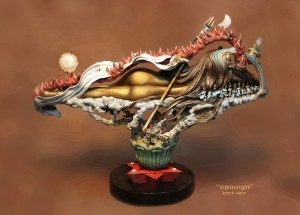
Bronze Sculpture, 2009, by John M. Soderberg, Ph.D.
Designed by John M. Soderberg and Gil Gillenwater
Commissioned by Gil Gillenwater
In 1997, my brother and I located Pemako’s long-sought “Lost Falls of the Brahmaputra” and were subsequently arrested by the Communist Chinese. However, that’s a different story and if you are interested you can learn more about it at: www.hiddenfalls.org
I have returned to the Himalayas three additional times visiting Vajrayogini’s holy locations in Nepal, Ladakh and Mt. Kailash of Tibet. It has long been my dream to find a way to convey my experiences and understandings in a unique and meaningful way. My artist friend and fellow Rancho Feliz “Guardian Warrior”, John Soderberg, has helped me do just that.
I worked with John for three years creating the “Reclining Vajrayogini” bronze. The piece is rich in symbolism and I know of no other sculptor who could have captured the essence of this feminine deity as did John. There is not a doubt in my mind that John was divinely inspired and guided in this creation. The Vajrayogini you see here is the self-same goddess who materialized before me in waterfall mists of the Hidden Lands.
It’s important to note that the many Buddhist concepts symbolized in this sculpture exist independent of Vajrayogini. Vajrayogini’s function is to rouse the kundalini energies in her practitioners. Once brought to the fore, these sexual energies can be harnessed as the force to propel us beyond our instinctual traps such as grasping, greed, hatred, self-centeredness, etc. to achieve spiritual perfection.
I chose Vajrayogini because I believe the genetic drive to reproduce is the strongest of all human instincts. Accordingly, as instinct driven as I am why not choose rocket fuel to propel me on my path to enlightenment!
 Yoga has taught me a lot about life and living. My mom (also a yoga teacher) and I often chat jokingly about how being awake in the world is a blessing and a curse. As yoga heightens your awareness of the things, people, actions, and words that are around you as well as what goes on inside of you, it can feel like a double-edged sword.
Yoga has taught me a lot about life and living. My mom (also a yoga teacher) and I often chat jokingly about how being awake in the world is a blessing and a curse. As yoga heightens your awareness of the things, people, actions, and words that are around you as well as what goes on inside of you, it can feel like a double-edged sword.




 The practice of law is a challenging profession. Years of intense study of the law, competition and high stakes negotiations combined with long working hours, high burnout, adversarial colleagues, pressures to bill more hours and to exceed expectations. It takes book-smarts and street-smarts to really succeed; it’s no wonder that most lawyers are Type A perfectionists and life-long overacheivers. The job demands mental strength, physical health and emotional balance. Many lawyers develop physical health issues as a result of long hours seated at a computer, not getting enough exercise and overeating or over-drinking in response to stressful conditions at work or socially with colleagues and clients.
The practice of law is a challenging profession. Years of intense study of the law, competition and high stakes negotiations combined with long working hours, high burnout, adversarial colleagues, pressures to bill more hours and to exceed expectations. It takes book-smarts and street-smarts to really succeed; it’s no wonder that most lawyers are Type A perfectionists and life-long overacheivers. The job demands mental strength, physical health and emotional balance. Many lawyers develop physical health issues as a result of long hours seated at a computer, not getting enough exercise and overeating or over-drinking in response to stressful conditions at work or socially with colleagues and clients. Trisha started practicing yoga in law school as a way to stay fit and deal with stress. She practiced on and off for years until she was diagnosed with PTSD in the wake of 9/11. Now she credits that period of crisis and the healing process that followed for a major breakthrough in her law and yoga practices. She began to travel the world studying different forms of yoga and mediation practices. She founded Yogattorneys in 2008 after completing her 200 hour yoga teaching training with Ganga White and Tracey Rich. In 2008 she started the Lotzer Law Group, PC which allows her the flexibility she needs to travel and continue her yoga studies while work with clients around the world. You can read more about Trisha on her website
Trisha started practicing yoga in law school as a way to stay fit and deal with stress. She practiced on and off for years until she was diagnosed with PTSD in the wake of 9/11. Now she credits that period of crisis and the healing process that followed for a major breakthrough in her law and yoga practices. She began to travel the world studying different forms of yoga and mediation practices. She founded Yogattorneys in 2008 after completing her 200 hour yoga teaching training with Ganga White and Tracey Rich. In 2008 she started the Lotzer Law Group, PC which allows her the flexibility she needs to travel and continue her yoga studies while work with clients around the world. You can read more about Trisha on her website 




